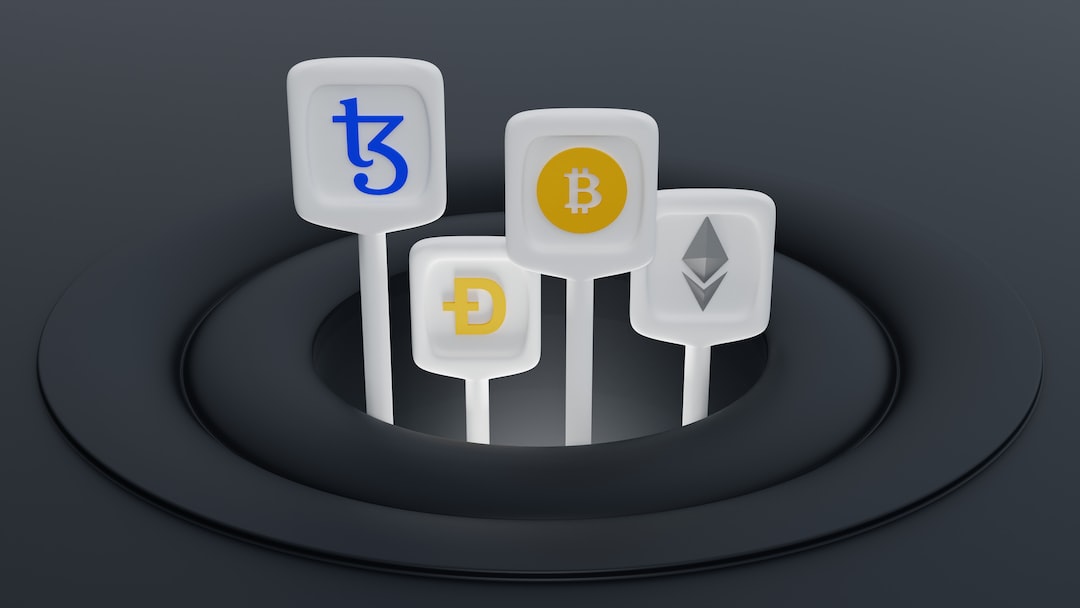An Idea Born from Surfing and Systems Programming
Solana co-founder Anatoly Yakovenko had a breakthrough moment while surfing in Solana Beach, California. He envisioned a public permissionless blockchain that could run a central limit order book like the Nasdaq. The idea was to have transparent data and fair and open rights, all running on commodity hardware. Yakovenko’s background in computer engineering at Qualcomm influenced his vision for the platform.
Building on Time Division Multiple Access
Yakovenko’s concept for Solana was inspired by time division multiple access (TDMA) technology used by cellular towers. He wanted to create a system based on Stanford University’s verifiable delay function research. This led him to develop a smart contract layer platform that combined trust-minimized computing with optimized performance.
A Breakout Application for Smart Contracts
Inspired by Ethereum’s smart contract functionality, Yakovenko and his team set out to create a hyper-optimized smart contract platform. Despite raising less funding than their competitors, Solana launched successfully in March 2020. Its unique focus on speed and performance attracted developers who saw its potential.
Solana’s Niche and Successful Projects
Solana intentionally carved out a niche as the fastest blockchain possible, without including Ethereum Virtual Machine support or remote procedure call services. This drew in developers who recognized its uniqueness and built successful projects within the Solana ecosystem, such as Helium and Anchor.
Network Outages and Lessons Learned
Solana faced criticism for network outages that caused the blockchain to go offline. Yakovenko acknowledged these incidents as painful lessons but emphasized the importance of prioritizing safety and liveness. Learning from these mishaps, the Solana Foundation assembled a team to build a second validator client, a step towards full decentralization.
Collaboration and Competition with Ethereum
Yakovenko highlighted the healthy thought-sharing between open-source developers from both Solana and Ethereum ecosystems. However, there are still challenges, including a limited pool of developer talent and overlapping features. Despite this, Solana continues to thrive as a green field for smart contract developers.
Hot Take: Solana’s Journey from Eureka Moment to Thriving Blockchain
Solana’s co-founder Anatoly Yakovenko’s eureka moment while surfing led to the development of a public permissionless blockchain optimized for speed and performance. Inspired by TDMA technology and Stanford University’s research, Yakovenko built a smart contract layer platform that attracted developers and successful projects. The journey wasn’t without challenges, including network outages and competition with Ethereum. However, Solana remains a thriving ecosystem for smart contract developers, driven by collaboration and innovation.
Coinan Porter stands as a notable crypto analyst, accomplished researcher, and adept editor, carving a significant niche in the realm of cryptocurrency. As a skilled crypto analyst and researcher, Coinan’s insights delve deep into the intricacies of digital assets, resonating with a wide audience. His analytical prowess is complemented by his editorial finesse, allowing him to transform complex crypto information into digestible formats.

